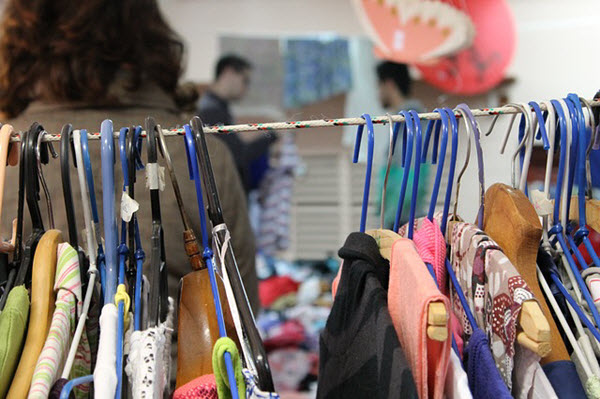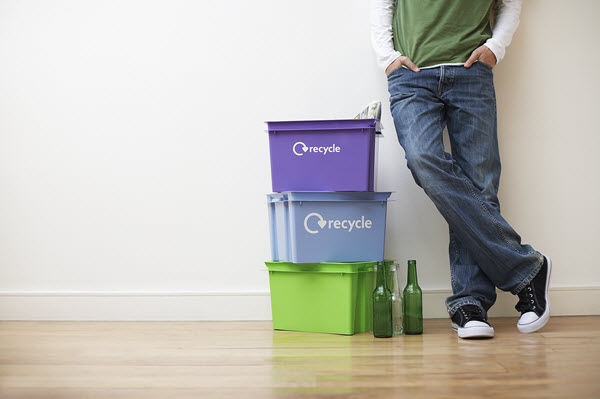How Can Retailers Survive The Millennial Apocalypse?
By Brian Wallace
October 18, 2017 • Fact checked by Dumb Little Man

Millennials are the largest and most diverse generation in American history. They are the generation that grew up in a serious economic crisis. They went to college at a time when public funding for education was drying up but they still had to go to college to get a job, so they dutifully took on all the expenses through student loans.
Then, they graduated and found out that there were no jobs, so they moved back in with their parents to save money until things got better. They have put off things like getting married, buying houses, and starting families to focus on getting their student loans paid off. This proved to be a much more difficult task than they ever could have imagined.
But, rather than foregoing any sort of human experience in favor of the “work, pay bills and die” cycle, Millennials have come up with some creative ways to thrive under difficult circumstances.
How Do Millennials Afford Stuff?
More accurately, Millennials prefer to spend their money on experiences than on stuff. Rather than filling homes with brand new consumer goods, Millennials opt to share things they want via the sharing economy.
Many Millennials have figured out they don’t need to own cars when they have Lyft. They don’t need to own DVDs and CDs when they can stream movies and music online. They don’t need to own vacation homes when there's Airbnb. And they don’t need to buy an expensive cocktail dress when they can rent one.
Millennials are still getting all the things they need and want in life, but they are just doing it in a way that is disruptive to retailers.
How Is This Affecting Retail?
Retailers are scrambling to understand how to sell things to Millennials. Brick and mortar stores are failing at alarming rates. But, there is one sector that is growing faster than traditional brick and mortar retailers – secondhand retailers.
Millennials are solving the problem of having nothing to wear and no money to spend on anything by buying secondhand. They find it easier to find unique and high-quality things through the online secondhand retail sector.

According to ThredUp:
- 78% of women are bored by traditional retail and 63% say they prefer secondhand because of the thrill of the hunt
- Secondhand stores are growing 5 times as fast as discount retailers
- 52% of secondhand shoppers do so for environmental reasons
- 50% of secondhand shoppers say their purchases take the place of discount store purchases
There Is A Definite Environmental Reason For Secondhand Shopping Among Millennials

Millennials and those over 65 share a love of shopping secondhand for different reasons. Both grew up during economic hardships. While that is the main influencing factor for older folks who shop secondhand, Millennials are strongly motivated by environmental concerns.
See Also: 6 Things That Can Help You In Understanding Millennials Better
How Can Retailers Survive Millennial Apocalypse?
Retailers will need to change their game plan if they want to stay in the game at all. The largest and most diverse generation in American history wants to buy secondhand and major brick and mortar retailers are starting to take notice.
Sure, you’ve always been able to sell back your used video games and accessories at Gamestop, which is probably why the specialty retailer is still in business. But now, more traditional retailers are starting to follow suit. REI and Patagonia have both recently launched online retail sites to sell used outdoor gear and repaired clothing.
We have always been able to buy factory refurbished cell phones from the carriers, so it just makes sense that retailers of all kinds of merchandise could follow suit and offer repaired returns and used items at a discount. After all, that is clearly what the consumers want.
So, is this really a Millennial-induced retail apocalypse?
Only if retailers aren’t willing to listen to what consumers want and adjust their strategies accordingly. Forcing new merchandise on consumers who clearly don’t want it and don’t have the money to spend on it anyway is not going to be a worthwhile business strategy for this generation.
Are you listening to your customers?
Learn more about Millennial shoppers from this infographic.
![Millennial shopping habits [infographic]](https://mergein.com/wp-content/uploads/2017/08/millennial-shopping-habits.png)
Brian Wallace
Brian Wallace is the Founder and President of NowSourcing, an industry leading infographic design agency based in Louisville, KY and Cincinnati, OH which works with companies that range from startups to Fortune 500s. Brian also runs #LinkedInLocal events nationwide, and hosts the Next Action Podcast. Brian has been named a Google Small Business Advisor for 2016-present and joined the SXSW Advisory Board in 2019.







